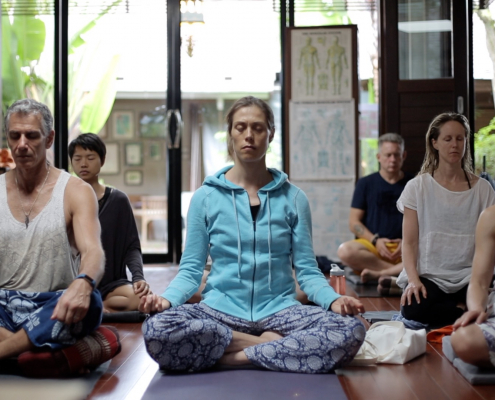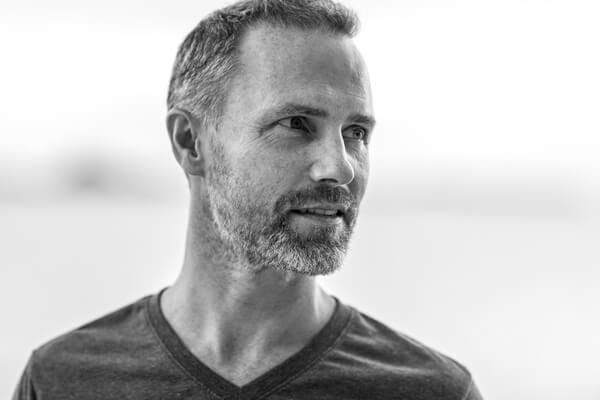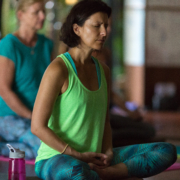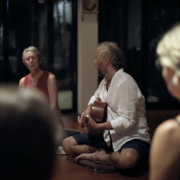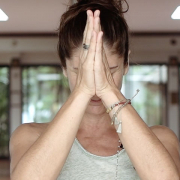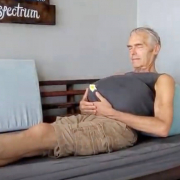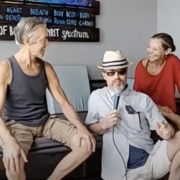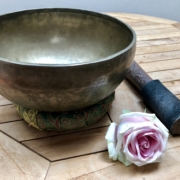 https://samahitaretreat.com/wp-content/uploads/2023/11/IMG_1290-2-scaled.jpg
1920
2560
Kirsten Mia
http://samahitaretreat.com/wp-content/uploads/2024/01/samahita-logo-v2.svg
Kirsten Mia2023-11-21 21:09:402023-11-21 21:09:40Music makes the world go round!
https://samahitaretreat.com/wp-content/uploads/2023/11/IMG_1290-2-scaled.jpg
1920
2560
Kirsten Mia
http://samahitaretreat.com/wp-content/uploads/2024/01/samahita-logo-v2.svg
Kirsten Mia2023-11-21 21:09:402023-11-21 21:09:40Music makes the world go round!Finding it difficult to practice, get moving? Let the mind lead the body
Stuck at home without much to do? Or too much to do but it’s all stressful? Or bored? Or just not interested that much in what has to be done or what could be done? Thinking more about “what if’s”?
You are not alone as a new limited personal freedom situation seems difficult to adapt to and not sure when it will change again. If you carefully take a look at the objections, frustrations, limitations and more you will see a predominant mental source.
You would like to exercise, do more yoga practice, avoid over-snacking, and so on ….. but you don’t. Is it because you lack the physical capability? Most likely not. The mental side wavers, offers up excuses, follows the path of least resistance and falls prey to irritation and poor judgment, enough to challenge any relationship but also have you question what is life about?
Well, it’s a question we should all ask and reflect on deeply at some point. But that is not the aim of this blog. Nor is it to focus on the aforementioned gloom. Rather the focus is a solution to all this – though physical activity is essential for your health its driver, meaning what gets it going, is your cognitive ability. In short, first exercise your mind and you will find the physical activity will follow. By this I do not mean mere will power – your Trojan effort to get out of bed and do something!! Rather, a well-trained and cognitively active mind wards off inactivity setting up a virtuous cycle where the mind improves the physical and the engagement in the physical improves the mind.
A clear understanding of the yogic teaching reveals yoga is complete attention to the mental aspects of life to take care of the cognitive, emotional and physical elements that make up a lived life. This can come down to where you choose to put your attention throughout the day, what you read, what you watch, who you talk to, what you talk about, and so on. And now science confirms this too. A recent study published in the journal Health Psychology last week clearly demonstrates that cognitive capacities mainly influence physical activity and not vice versa (1).
To make the point even stronger, another very recent study looked at cognitive decline in middle-aged and older adults after retirement (2). Those who withdrew from mental engagement in any type of task had steeper declines in cognitive abilities, and this showed up more so amongst women (nothing to do with me I promise).
Back to the question, how to engage, how to lead with the mental side? Is it sitting at home doing crossword puzzles, word games, scrabble and more? Though not bad exercises that’s not really where it shows up. Consider the following in your daily routine now:
- Take care – in who you talk to about what and for how long, including what you read or watch
- Schedule in blocks of mental focus time on certain work or personally rewarding tasks
- Allow total non-mental times – this means not stuck in ruminating thoughts or having to deal with problems that perhaps work or home brings
- Sit and engage in a contemplative meditative practice. I offered a very thorough one last week [click here for video] that, if done well, entrains the mind on one particular topic, in this case deeply feeling gratitude, to forgiveness, to being open to ask for help
- Sit and do breath practices – fully engaged. My own upcoming research is the first to study such engagement in practice and its outcomes. However, in this instance being engaged channels your mental activity. A greater ease for physical activity, meaning non-sedentary, basically not sitting around, follows
- As you engage even in gentle physical yoga techniques fully put your attention into each action and move you do – be one with what you do
- Even if you do end up running, biking or working out see if you can drop the music in the ears or watching the news on tv and instead fully engage in what you are doing
- Set aside a separate time to just listen to music or just watch the news. Even total “out” time to chill and watch something totally enjoyable (my recent recommendation a week ago still stands: Jo Jo Rabbit)
Lastly, you have spent some amount of time before this crisis in a yoga or fitness class, or at Samahita learning breathwork, meditation, or some physical yoga practices. Can you do them on your own? Why not? This is the perfect example of the mental leads the way. Yes, it is difficult, perhaps complicated. But now is the ideal time to take a bite at it. You can follow loads of practices online. But that’s all that will happen – you will follow. Take this time to learn, do, and engage that virtuous cycle of a better mind state and improved physical health.
This is what ‘now’ means.
Boris Cheval, Dan Orsholits, Stefan Sieber, Delphine Courvoisier, Stéphane Cullati, Matthieu P. Boisgontier. Relationship between decline in cognitive resources and physical activity.. Health Psychology, 2020
https://psycnet.apa.org/doiLanding?doi=10.1037%2Fhea0000857
Jeremy M. Hamm, Jutta Heckhausen, Jacob Shane, Margie E. Lachman. Risk of cognitive declines with retirement: Who declines and why? Psychology and Aging, 2020
https://psycnet.apa.org/doiLanding?doi=10.1037%2Fpag0000453
Dr. Paul Dallaghan’s expertise with breathwork, body and meditative practices comes from three sources: (1) three decades of daily dedicated practice and teaching these techniques; (2) uniquely acknowledged in the Yoga tradition by the title of “Master Yogi-Prānācharya (expert in breath)”, following an immersion in the original culture through one-on-one direct training in practice and study of ancient texts; (3) a PhD in doctoral scientific research at a leading US university (Emory) covering both the tradition and science of yoga and breath practices in terms of stress, health and aging. As a result, Paul occupies a unique space to impart genuine teaching and science on the breath, body, and meditative practices, seen as a Teacher-of-teachers and identified to carry on the tradition of Pranayama. His sincere and ongoing role is to teach, write and research, to help put out experienced and authentic information on these areas of how we live, breathe and be, to help people improve their mental and physical health, and live more fulfilling lives.
For more on his background see his bio
More from the Samahita Blog
